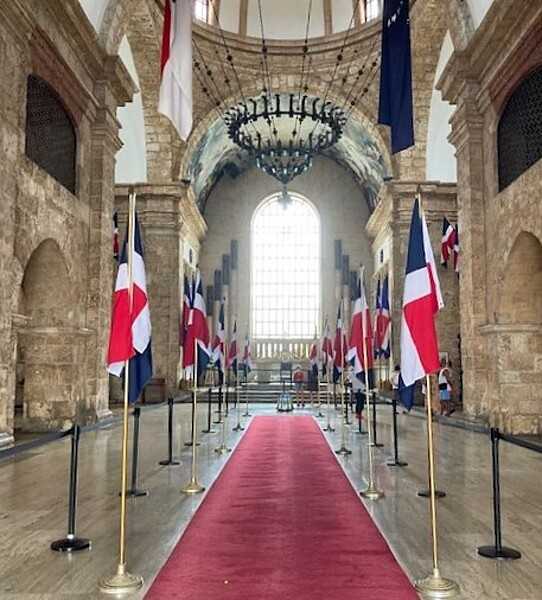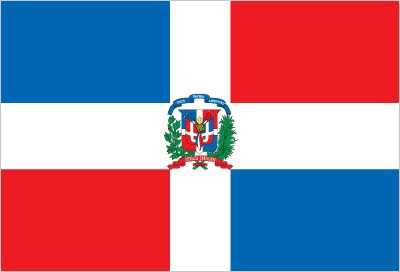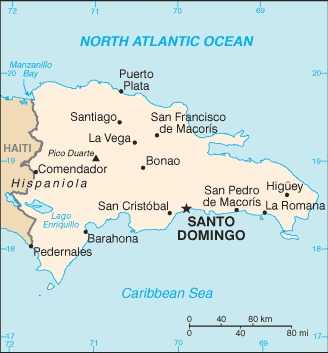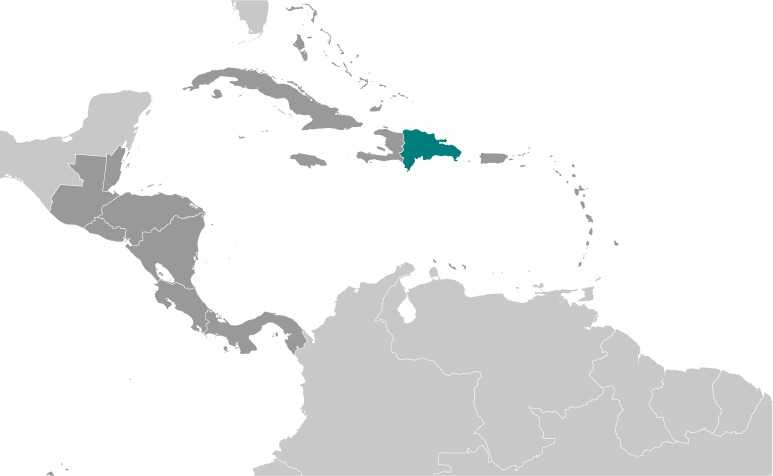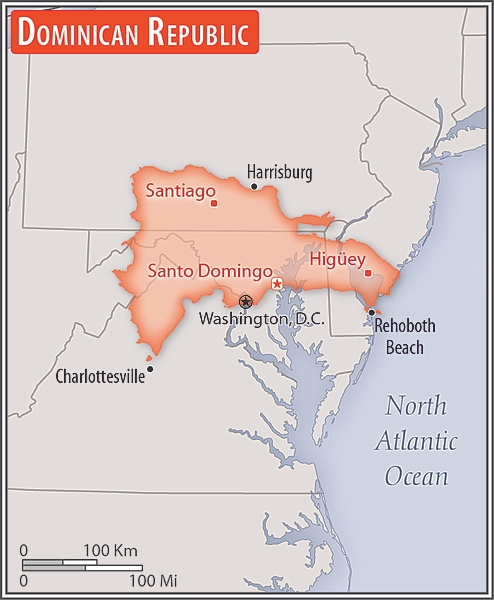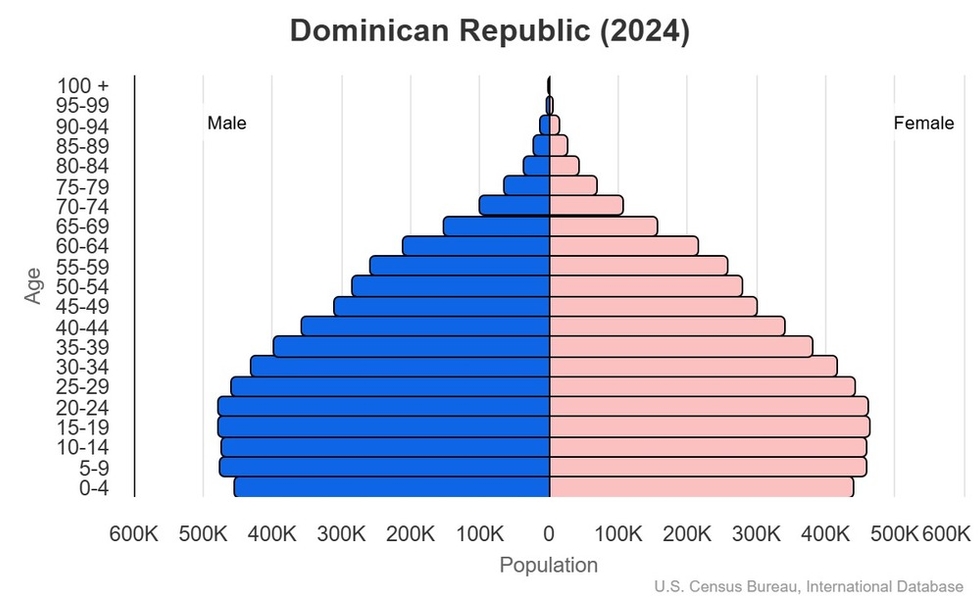Introduction
Visit the Definitions and Notes page to view a description of each topic.
Geography
People and Society
Population
comparison rankings: total 87; male 86; female 87
Languages
Median age
comparison ranking: total 145
Population growth rate
comparison ranking: 115
Birth rate
comparison ranking: 87
Death rate
comparison ranking: 118
Net migration rate
comparison ranking: 175
Maternal mortality ratio
comparison ranking: 58
Infant mortality rate
comparison ranking: total 74
Life expectancy at birth
comparison ranking: total population 160
Total fertility rate
comparison ranking: 92
Obesity - adult prevalence rate
comparison ranking: 37
Alcohol consumption per capita
comparison ranking: total 78
Tobacco use
comparison ranking: total 130
Children under the age of 5 years underweight
comparison ranking: 80
Education expenditure
comparison ranking: Education expenditure (% GDP) 89
Environment
Carbon dioxide emissions
comparison ranking: total emissions 75
Government
Economy
Real GDP (purchasing power parity)
comparison ranking: 65
Real GDP growth rate
comparison ranking: 44
Real GDP per capita
comparison ranking: 92
Inflation rate (consumer prices)
comparison ranking: 104
GDP - composition, by sector of origin
comparison rankings: agriculture 114; industry 65; services 90
Industrial production growth rate
comparison ranking: 80
Labor force
comparison ranking: 82
Unemployment rate
comparison ranking: 100
Youth unemployment rate (ages 15-24)
comparison ranking: total 106
Gini Index coefficient - distribution of family income
comparison ranking: 51
Taxes and other revenues
comparison ranking: 94
Current account balance
comparison ranking: 167
Reserves of foreign exchange and gold
comparison ranking: 72
Debt - external
comparison ranking: 24
Energy
Electricity
comparison rankings: installed generating capacity 81; consumption 74; transmission/distribution losses 131
Energy consumption per capita
comparison ranking: 103
Communications
Telephones - fixed lines
comparison ranking: total subscriptions 68
Telephones - mobile cellular
comparison ranking: total subscriptions 93
Broadband - fixed subscriptions
comparison ranking: total 74
Transportation
Merchant marine
comparison ranking: total 124
